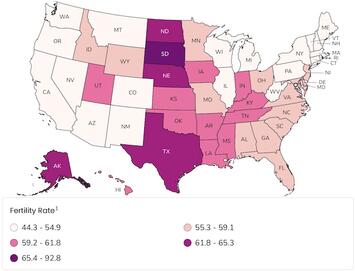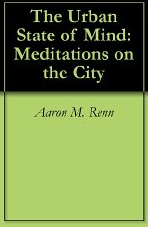
On his second day in office, Transportation Secretary Sean Duffy directed federal transportation agencies to “give preference to communities with marriage and birth rates higher than the national average,” to which my friend Bob Poole responded with a profound “huh?” Matthew Yglesias, meanwhile, fretted that this policy could backfire, erroneously claiming that directing funding to low-density communities with higher birth rates would make housing in such communities even more expensive, which would reduce birthrates.
As I noted in an article published by the Institute for Family Studies, it may seem strange for the Department of Transportation to get involved in family policy, but in fact it already has been involved in such policy for many years through the Federal Transit Administration. That agency’s transit capital grant program (which was specifically cited in Duffy’s memo) favors grants to communities that provide “transit-supportive land use,” meaning zoning and subsidies favoring high-density housing.
Recent economic research has found that the Baby Boom was due, in large part, to federal policies that promoted homeownership. The report didn’t say so, but 94.3 percent of owner-occupied homes in the United States are single-family homes (including mobile homes), while only 5.5 percent are multifamily, so increasing ownership of single-family homes appears to be a good way of increasing fertility.
FTA’s housing policies were based on the explicit assumption that high-density housing in transit corridors would lead to more transit ridership and the implicit assumption that more transit ridership would save energy and reduce greenhouse gas emissions. Neither of these assumptions are true.
Research by the Cascade Policy Institute showed that people living in transit-oriented developments in the Portland area were not significantly more likely to ride transit than those living elsewhere. This is confirmed by the fact that, despite building hundreds of transit-oriented developments, Portland-area transit ridership was declining in the five years before the pandemic.
Data in the National Transit Database also shows that transit is hardly green. Outside of New York and one or two other urban areas, transit uses more energy and emits more greenhouse gases (including emissions from the power plants that supply electricity for electric-powered transit) than the average car or light truck.
Transit-oriented housing is also sometimes claimed to be more affordable housing, but that is a complete lie. As I’ve noted here many times before, the elevators, steel, concrete, and interior non-living areas such as lobbies and hallways all increase the costs of multi-story housing, so the four- to six-story buildings going into most transit-oriented developments cost about twice as much, per square foot, as single-family homes.
Read the rest of this piece at The Antiplanner.
Randal O'Toole, the Antiplanner, is a policy analyst with nearly 50 years of experience reviewing transportation and land-use plans and the author of The Best-Laid Plans: How Government Planning Harms Your Quality of Life, Your Pocketbook, and Your Future.
Photo: Darker colors show higher fertility rates measured in births per thousand women. CDC.












